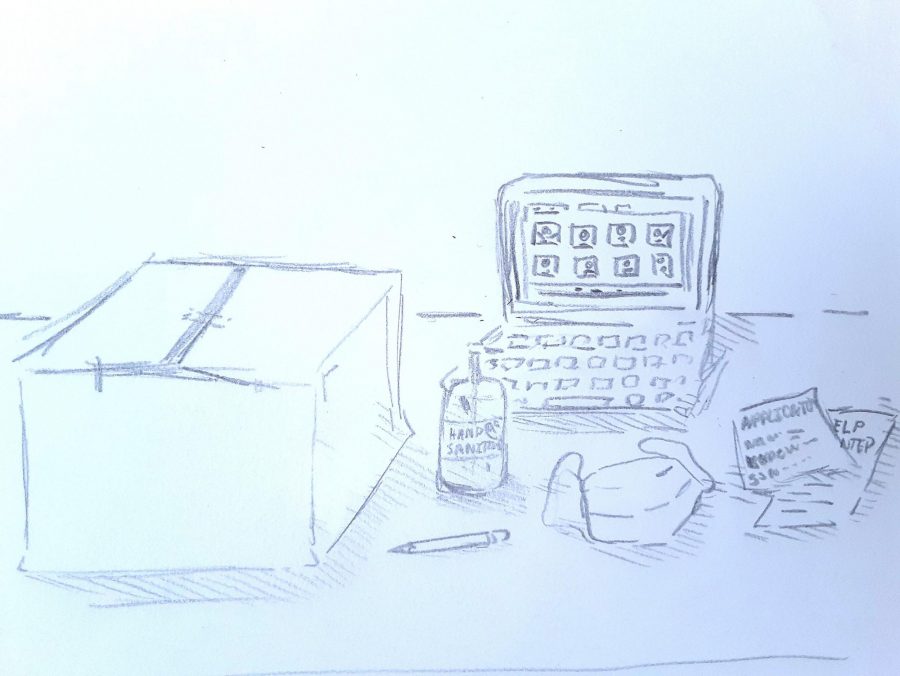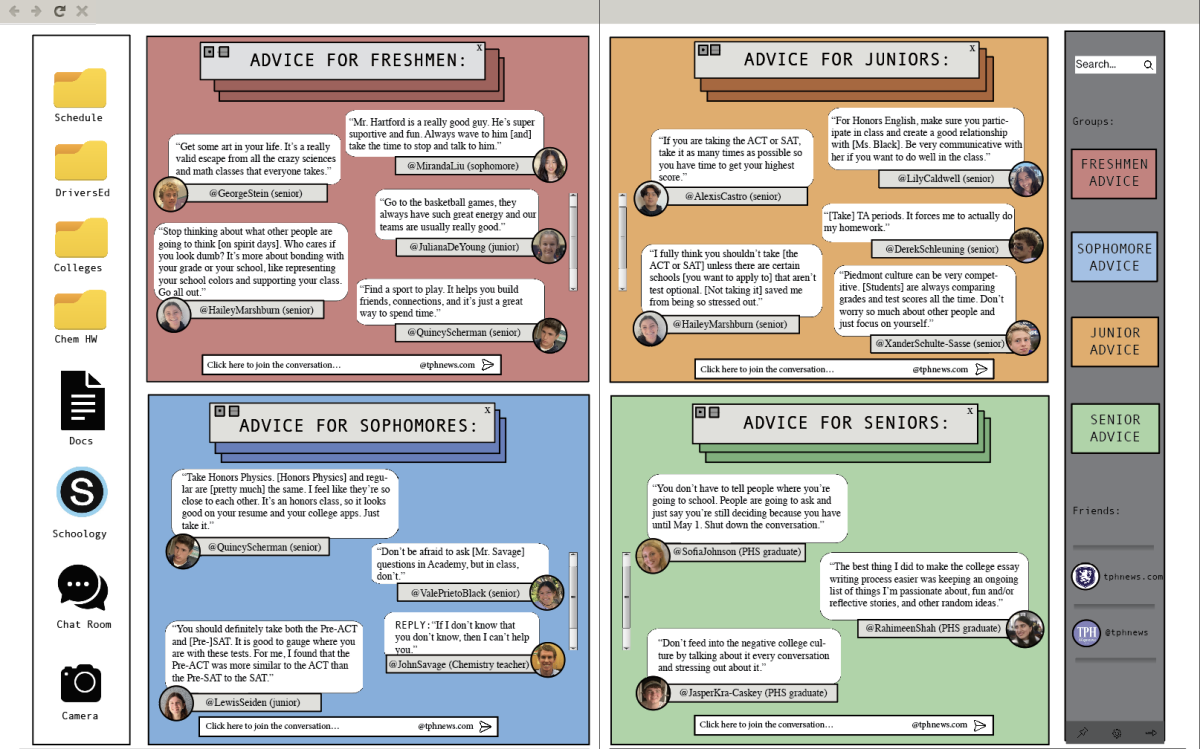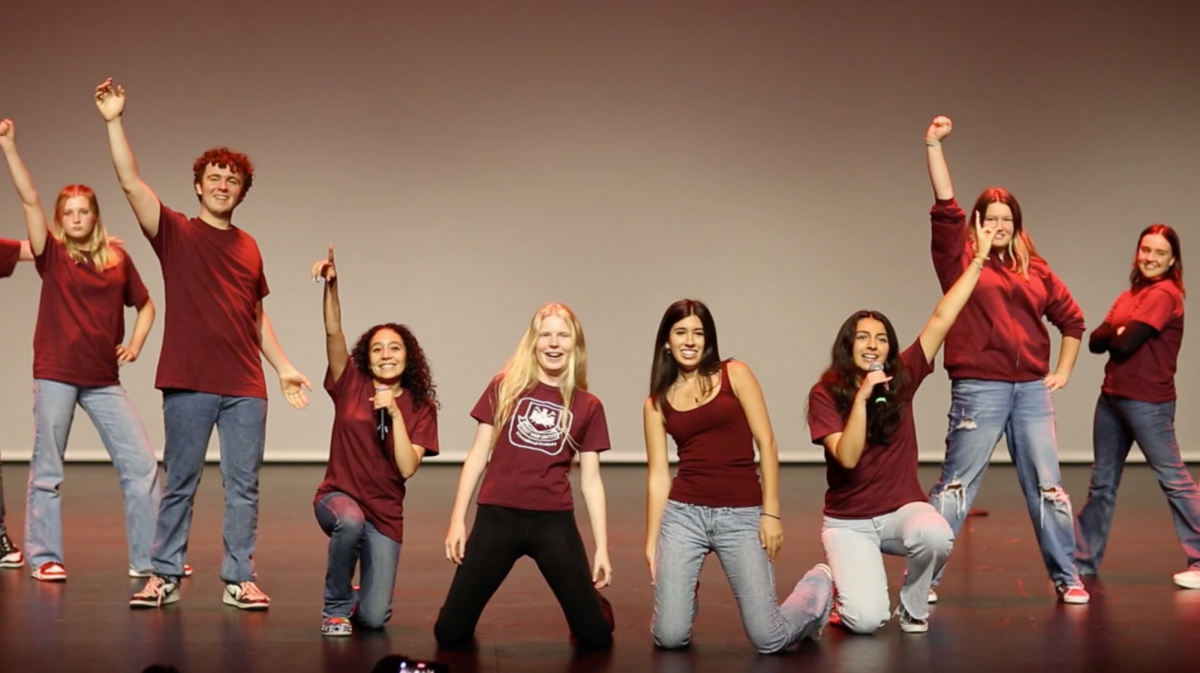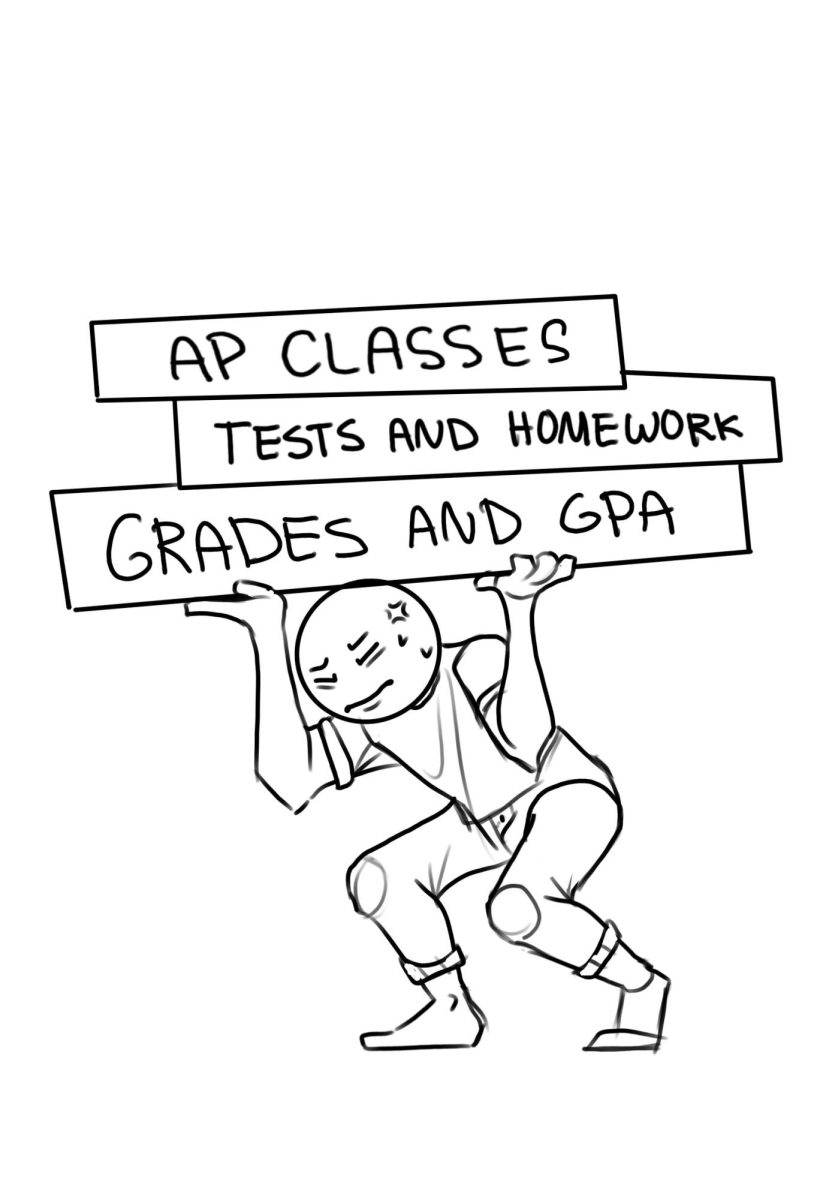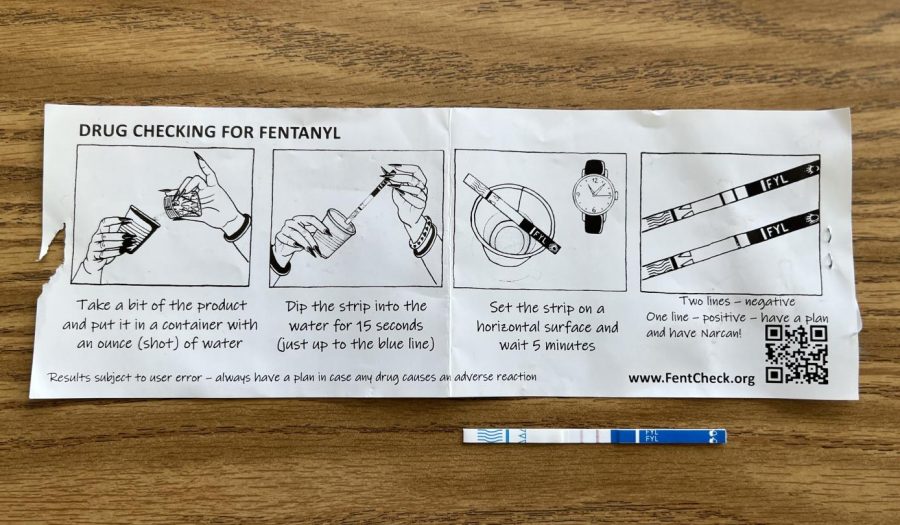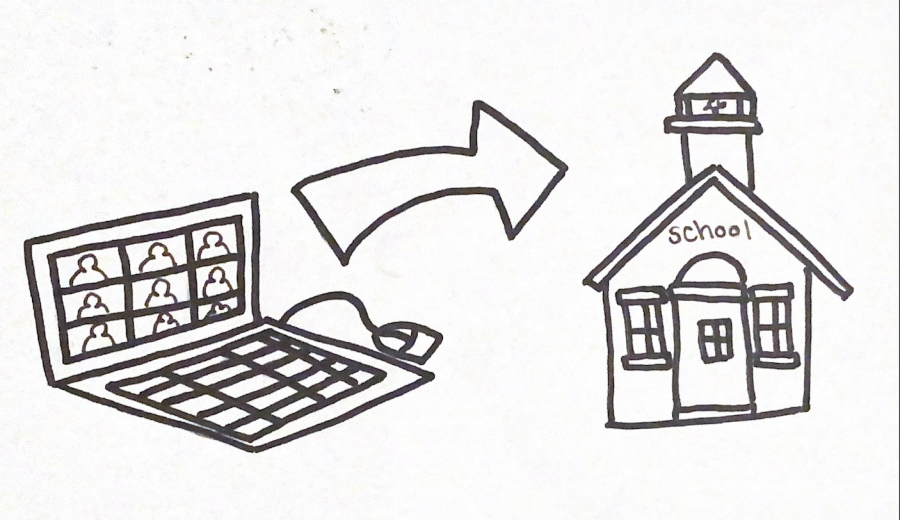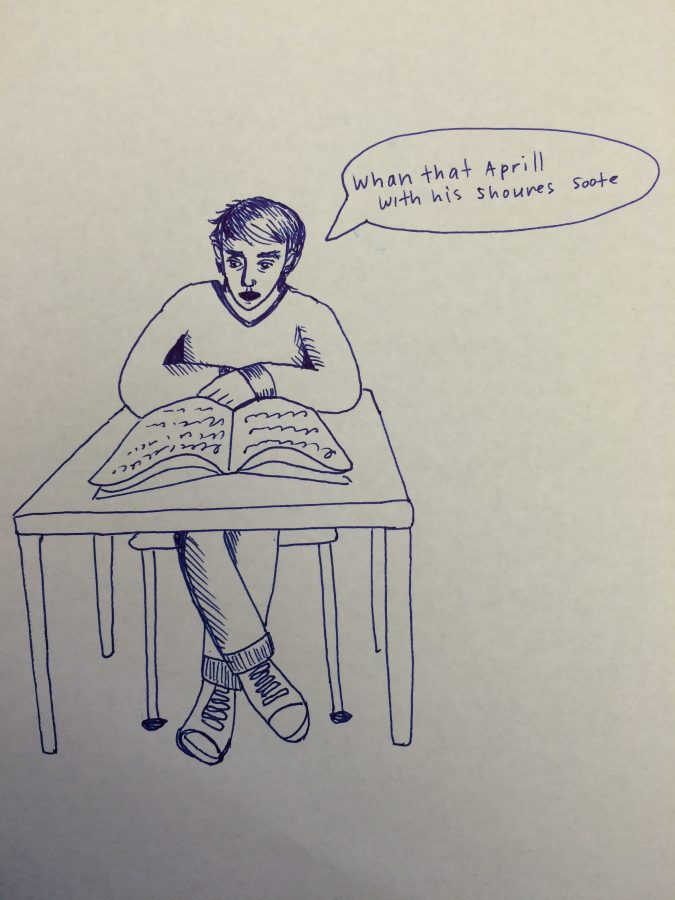They call it English class, but it usually consists of reading and writing, not learning a language. After all, most Piedmont students have been speaking English since they were infants.
Yet in AP English, students learn English as if it were a foreign language when they decipher Chaucer’s poetry collection, The Canterbury Tales, which is written in Middle English.
“The Canterbury Tales are often taught in Modern English, but the translation takes away the heart and the texture of the poems. It’s really watered down,” said AP English teacher Elise Marks said.
Marks studied Middle English in college and found it fascinating, so she taught her first AP English class Middle English and has continued the tradition for the past fourteen years.
“People always say that [Middle English] is too hard, but they are always able to learn it,” Marks said.
By the end of the unit, the students understand enough Middle English to read an unfamiliar passage in Middle English and write a timed essay based upon it.
Middle English is a hybrid of Anglo-Saxon, French and Germanic languages, Marks said, and the pronunciation is a mixture of French and Germanic sounds.
The main reason for the difference in pronunciation between Middle and Modern English is the way the vowels are pronounced.
“Nobody knew why it changed, but within 100-200 years, the way English speakers pronounced vowels changed radically,” Marks said.
Chaucer wrote before this transition, known as The Great Vowel shift, leaving radical differences between his writings and Modern English.
“It’s interesting to get a historical sense [of the English language],” Marks said. “So many English speakers know nothing about where our language came from.”
Other discontinuities between the languages include vocabulary differences and verb endings, some which still existed when Shakespeare wrote in the 1500 and early 1600s.
Reading in Middle English is made easier by the fact that spelling is phonetic, while modern English has eleven different pronunciations for the letters “ough,” Marks said.
“Pronunciation is more uniform,” senior Eli Levin said. “It made more sense back then. Dare I say it?”
Marks said that she would probably rather have to learn Middle English than Modern English.
Senior Sofia Siquiera feels differently about the ease of learning Middle English.
She said it’s very different, which makes it hard to learn
“But it’s interesting, and we do get more out of the authentic text than the translation,” Siquiera said.













